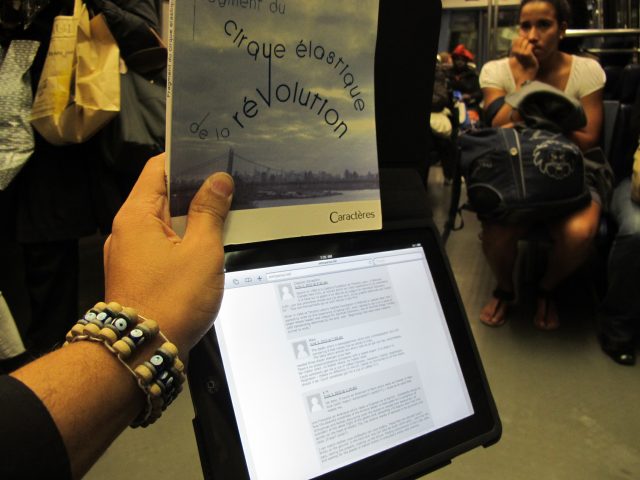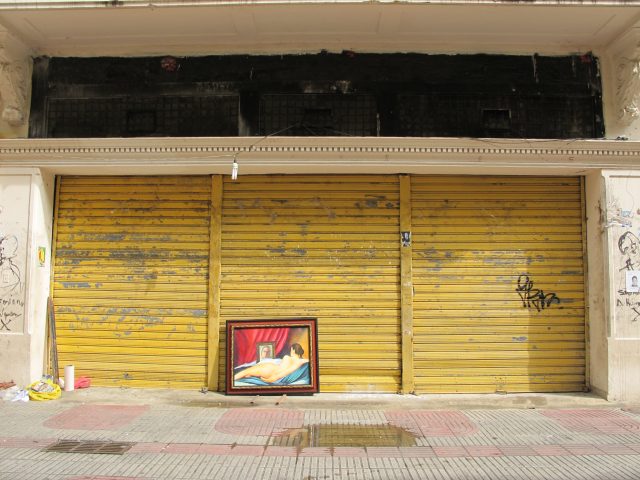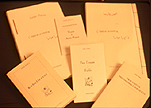ART+PHOTOGRAPHY
My artistic, photographic, performative and conceptual works use the registers and the parameters unique to the mediums to allow for new fashionings of the world and of reality. From the single image to multi-image narratives and bookstills, from the tools and materials used to the modes of production, dissemination and exhibition, the engagements with the formal, structural and stylistic underpinnings of artistic and photographic practice dismantle categories and overcome conventional genres and projects.
These creations and explorations often fuse mediums and genres to create new ones, fashion new forms, launch new discursive practices, incite the formation of new fields and terrains of searching, researching and explorations, and constantly verge towards new disciplinary formations. I could say that I create works within, roughly, the following domains–but more accurately, these are art domains and realms ‘overcome’, practices pushed into new directions: photography, installation, relational practices, conceptual pieces, book works, performance, new guerrilla actions (NuGuacs). Always considering sites and non-sites, circulations, fabrications, modalities of actions and non-actions, the forms of interactions between all the players, the institutions, the organizations, the organs, in effect, of construction and transformation, I try to create new types of works, within new categories and with new names–i.e., a NothingDoing, a Clandie, an a-performative piece. Conceiving and implementing artworks while always interrogating and engaging critically with the modalities of presentation, the nature of the object, the history and legacy of exhibitions, the nature of coming in to the world, the legacy of the canons, the various fetishisms, the commodification, the valuation. In turn, that has led to the creation of works that don’t enter the commodified circulation networks, but intentionally (and proudly) eschew and undermine them, always with humour and antagonism mixed in a potent potion, specifically: clandestine works (clandies), camouflaged works, new guerrilla actions (nuguacs), unsigned pieces, urban interventions (urbies). And always, considering the economy of the trace… Starting at the beginning, too. At the moment of the tracing. The conception of the tracing. The consciousness of the conception of the tracing. As such, the manifestation of the art and photographic pieces and projects takes many different shapes. Some are made into objects while others are not. Some are publiced in clandestine ways, while others are very much for general public consumption. These are the categories related to their manifestations–a spectrum that intentionally problematizes the existence, experience, and manifestation of the works in the world: finished, quiddited, enacted, manifested, public-ed, published, exhibited, performed, collected. In addition, many works unfold in spaces not necessarily thought of as spaces of art exhibition or performance, and, perhaps even more mischievously, in the very space of their creation: the actual museum, the actual university grounds, the classroom itself: the space of creation becoming the space of manifestation–truly undermining certain separations and conventions. In effect, the reframing of many practices as a different type of practice, a neo-disciplinary artistic practice, especially in those arenas that don’t expect–and have never ‘housed’–avant-garde versions of themselves (i.e., avant-garde museum education, avant-garde institutional sculpture) leads to true, perhaps unnerving, definitely provocative and challenging works. Admittedly, my path for the first twenty years of my artistic practice, given the critical and anarchistic tendencies, was more towards creating and fashioning works that were enacted and made manifest in all sorts of ways, rather than comfortably resting within an exhibition/collection model. In addition, works within arenas that recognize avant-garde departures (Photography, Performance) but also, and more interestingly, those that don’t expect/allow reframings and/or avant-garde regenerations!
The photographic body of work is not only about the creation of a narrative about different places, but involved in different types of approaches to image/photo creation, fashioning new paradigms, exploring the unique parameters of the form and its multifarious relationships with reality. Each instance of the photographic venture (they can occur simultaneously) puts into motion queries, research, an adventure of sorts. From single photo prints to photomontages and photocentric installation, to bookist photo endeavors, fotobuks, phototext works and narrative photo projects and photo epics… The overall oeuvre constitutes a theory in motion, a discourse in constant search of the possibilities of art and photography in relation to its own histories and those of image-making and writing in general. Photography, and, in turn, other artistic ventures in their specificities become unique languages, systems of scriptural intervention, global onto-architectonic critiques of–and meditation on–ways of seeing, ways of knowing, and the very poetics of leaving traces: of graphisms and our endless attempt at marking and making the world anew.
Filter by Everything


